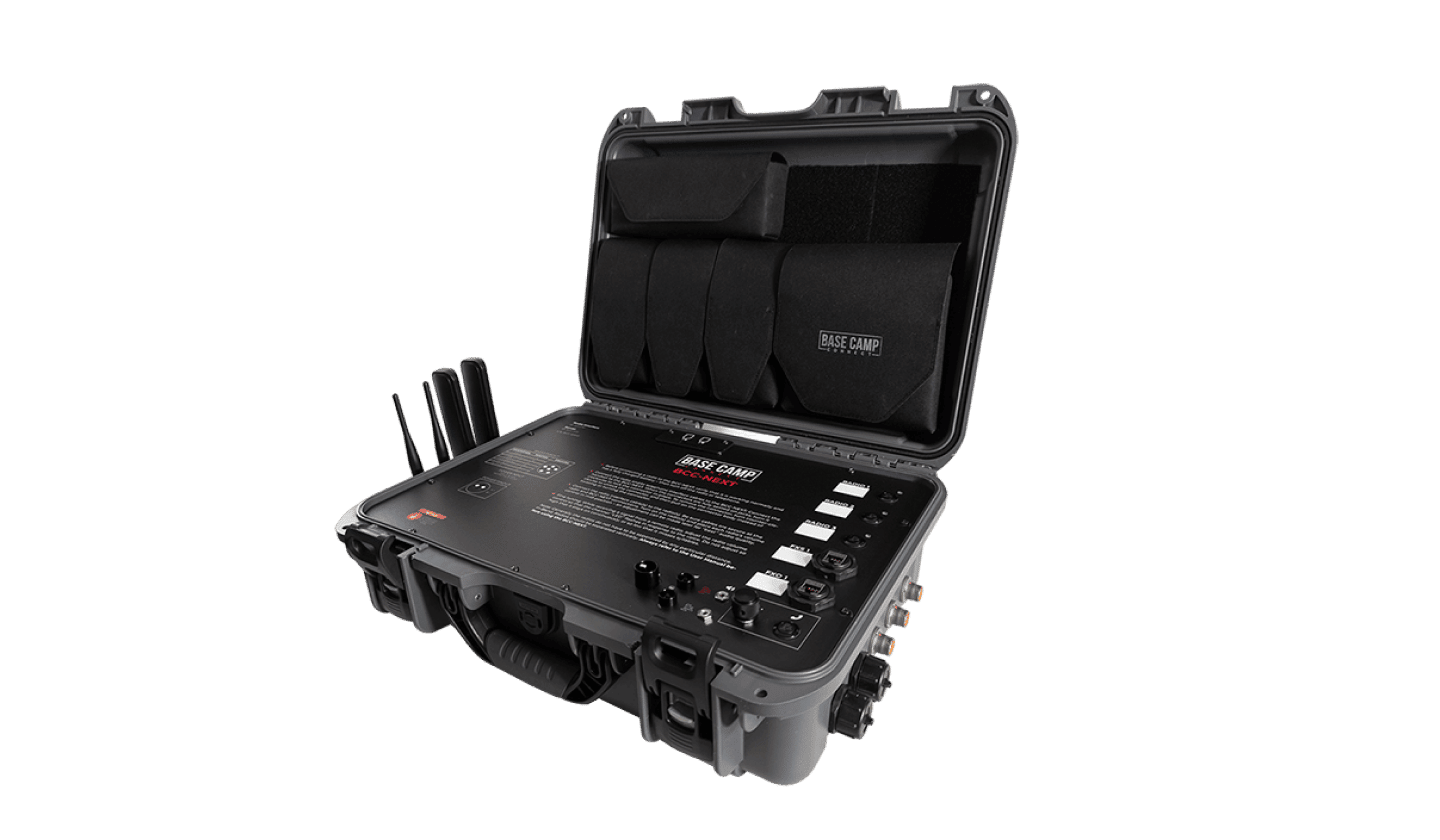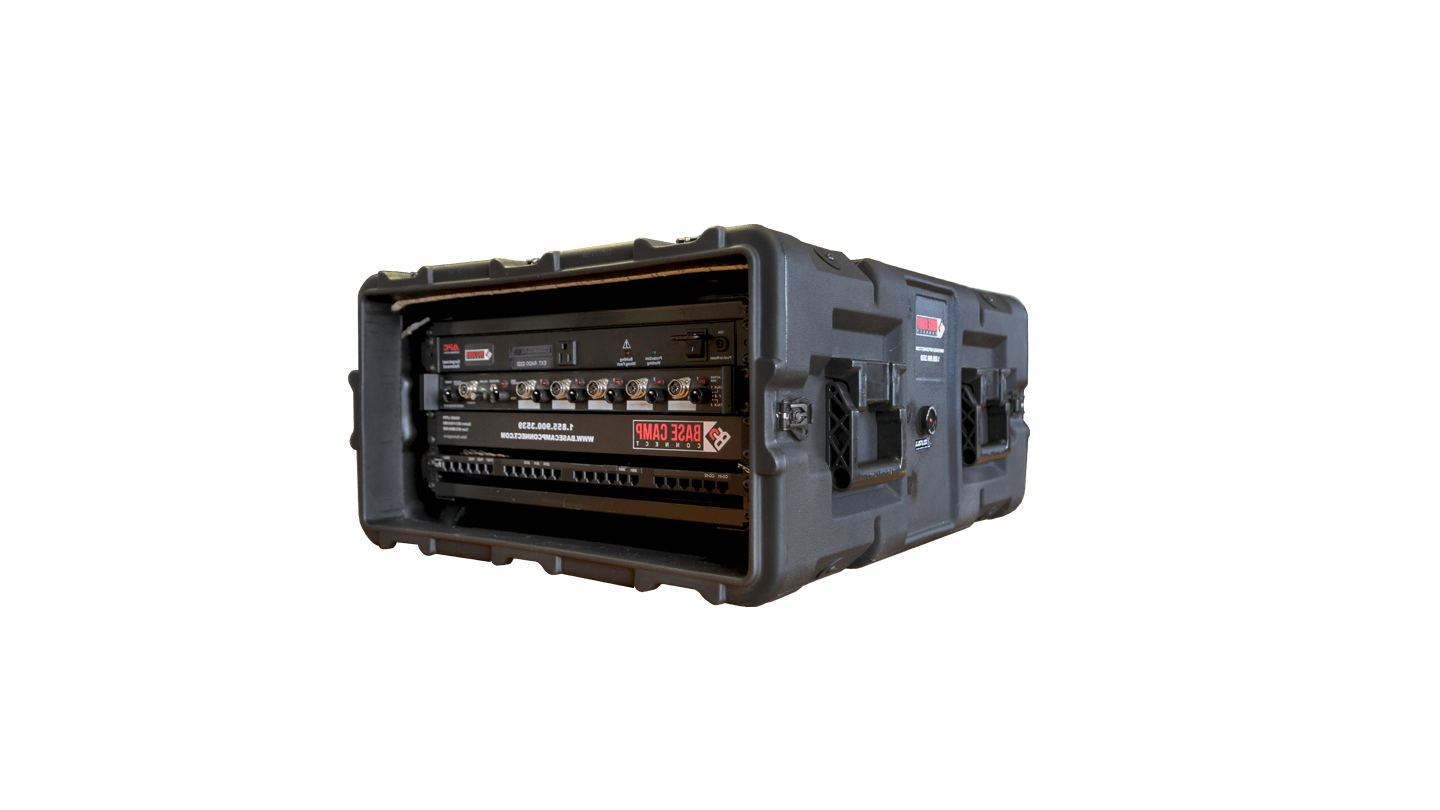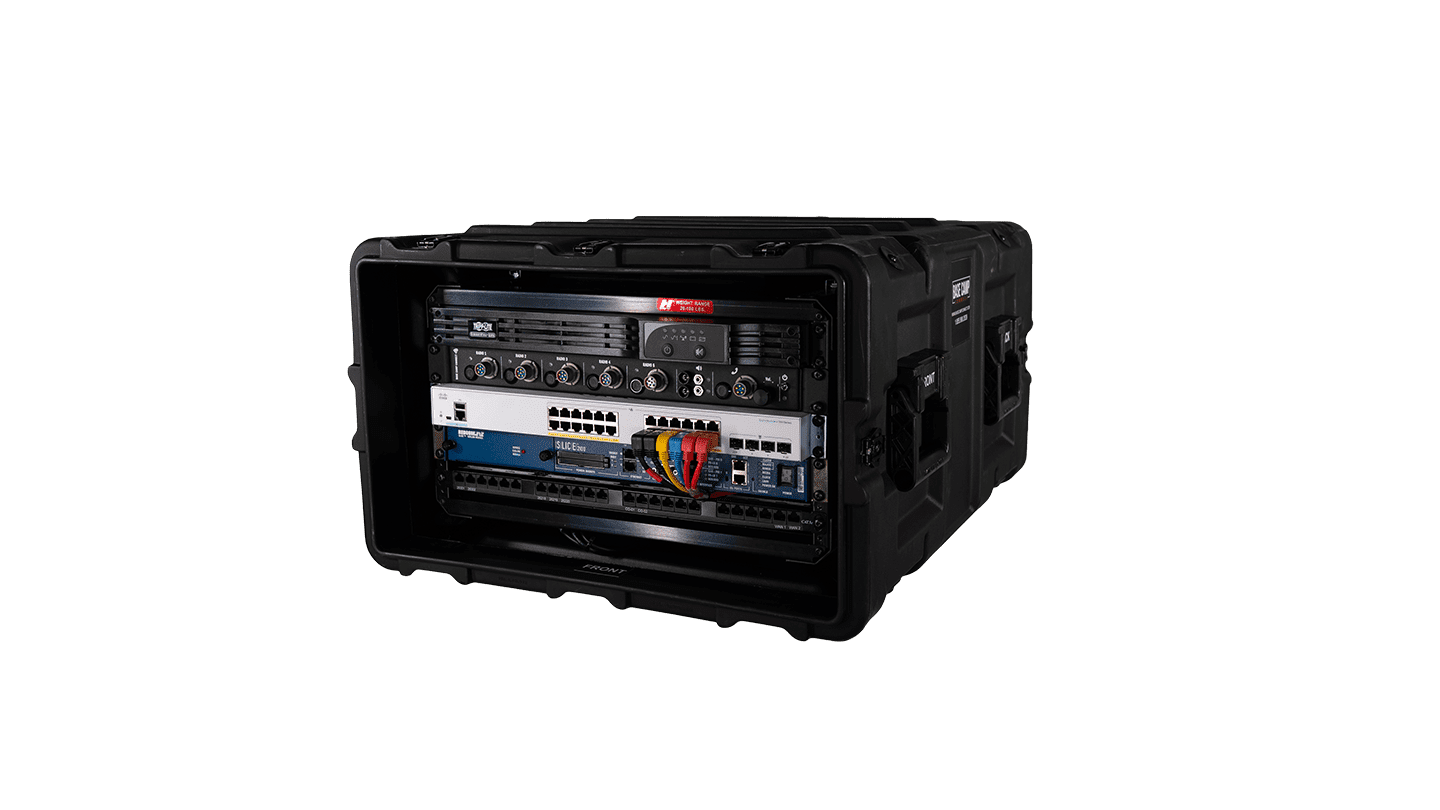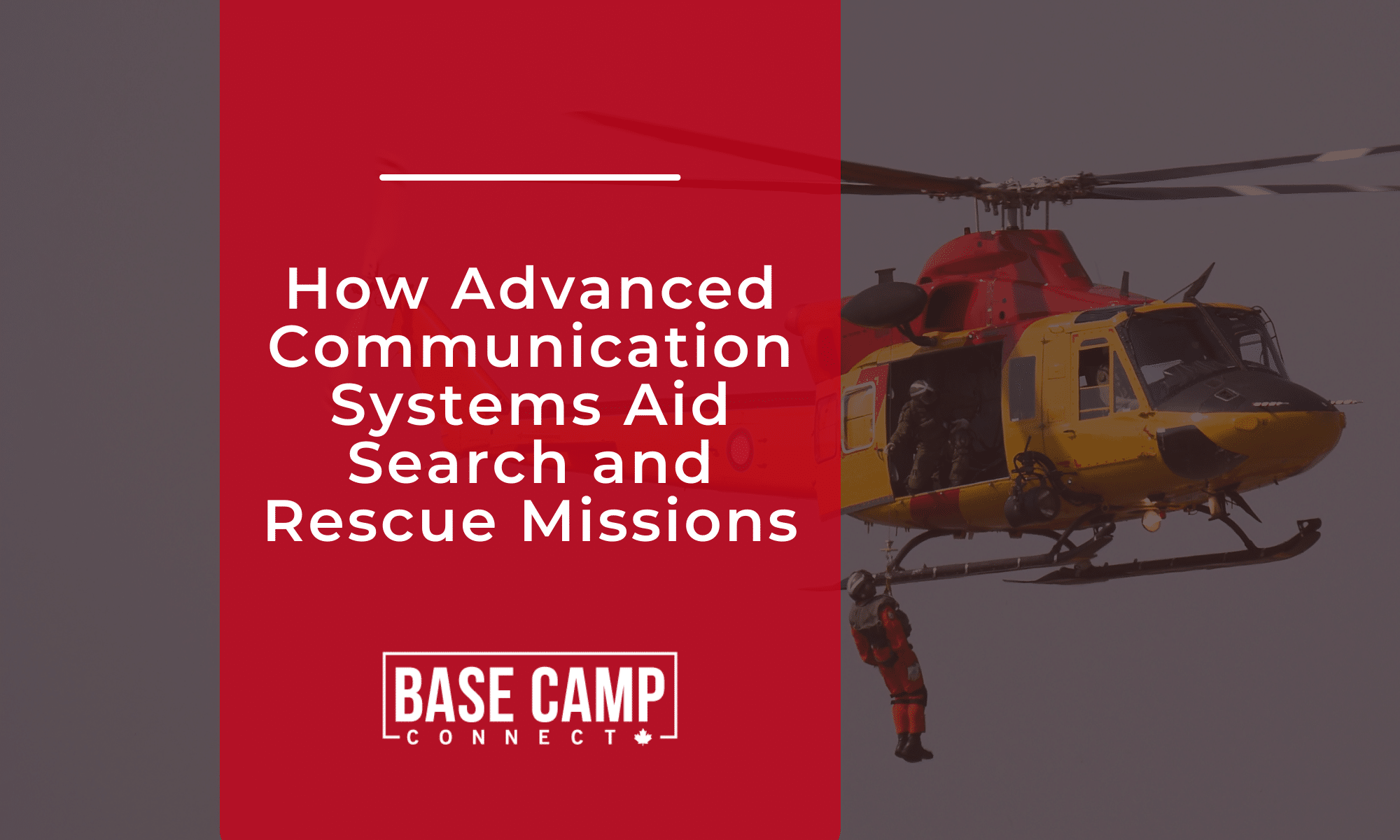Several years ago, I received a call during a holiday weekend that a young boy was missing in the desert. As a member of the county’s search and rescue team, these types of calls were not uncommon. I rushed to the sheriff’s station, where my teammates and I loaded our gear in the truck and headed to the boy’s last known location in the vast Mojave Desert.
Once on scene, we were met with complete disorder. The boy’s family had spread the word about the lost child over social media, and an army of well-meaning people had come to help. The desert was covered with untrained individuals moving everywhere with no organization. Any evidence, such as the boy’s tracks or dropped items, was lost. Other than the few radios the sheriff and our team had, there was no cell signal and no way to communicate with the hundreds of people haphazardly combing the desert.
Thankfully, the boy was found after about 12 hours of searching, even with the chaos. While things ended on a happy note, I wondered how much faster we could have found him if everyone had the proper communications equipment and, collectively, a more organized approach. Fortunately, there are many communications solutions available to search and rescue professionals.
Advanced communication systems significantly improve the effectiveness of search and rescue operations. Some essential systems include satellite communications, digital radios and interoperability, uncrewed aerial systems (drones), Internet of Things (IoT) and wearable devices, and enhanced data analysis and visualization systems. When used properly, these communication systems can drastically increase the chance of finding a lost person alive.

Satellite Communications
In our modern world, it is easy to forget that cell towers cover only some of the planet. While finding a signal in the middle of large cities occurs with no effort on our part, there are many regions where no signal exists. Satellite communications offer search and rescue teams the ability to communicate when they are off the cellular grid.
The first satellite communication occurred in 1958 with the United States government’s Project SCORE. Since then, numerous other systems have been launched into orbit, providing rescuers the ability to communicate in even the most remote regions. The Global Positioning System (GPS) and the Iridium satellite network are popular examples of this technology.
Using satellite phones and radios has made it much easier for search and rescue teams to coordinate their efforts. Command centers can send and receive updates from search teams in environments where traditional radios can only be used with limited success. The classic example is a team searching inside a terrain feature that blocks radio waves from traveling, such as a deep canyon. With Satellite communications, the search can continue regardless of where someone becomes lost.
Digital Radios & Interoperability
Digital radios are becoming much more popular than traditional analog radios. There are many reasons why search and rescue teams prefer digital radios, but the more common reasons are improved voice quality, data transmission capabilities, and the ability to encrypt messages. Characteristics such as these come in handy when clarity is paramount. If you have ever tried passing a grid location over an analog radio when the voice quality is scratchy and weak, you will appreciate the clarity of digital radios.
Although digital communication systems are great, they can pose an interoperability challenge. Search and rescue operations come in all shapes and sizes. A search could be as simple as a two-person team or encompass a multi-agency effort and, in some cases, even become multi-national. Bringing together combined resources can amplify capabilities, but unless everyone uses the same radio, they can have trouble communicating.
Search and rescue professionals should always consider how their digital radios will operate with other systems. Some teams only try to purchase the same radios their neighboring agencies are using. This is only sometimes practical. Radio interoperability solutions offer the best workaround for this problem and will keep your search and rescue efforts moving forward without technology holding you back.
Uncrewed Aerial Systems
Search and rescue teams are often placed in areas where having an aerial perspective is beneficial. Before advancements over the last decade in drone technology, planes and helicopters were the only way to achieve this. There were two significant drawbacks to these platforms. In many situations, crewed aircraft cannot get low enough to get the detail needed due to terrain, and they are expensive. The cost is largely responsible for putting these resources out of reach for most search and rescue teams.
Drones are inexpensive, easy to operate, and can carry standard and thermal cameras. Search and rescue professionals can search large areas much faster than if they were doing so on foot or in a vehicle. The real-time information a drone gathers improves situational awareness, expedites searches, and can even communicate with teams on the ground through lights and loudspeakers.
While some drones can cost hundreds of thousands of dollars, there are plenty of drones on the market that most search and rescue teams can afford. Some of the newest models are even less than one thousand dollars.
Internet of Things (IoT)
Wearable technology, especially those connected to the Internet of Things (IoT), has become integral to search and rescue operations. These devices can communicate vital information about search and rescue team members and the location of lost people.
Just like the people rescuers are trying to save, search and rescue team members can also fall victim to the harshness of the environment. Extreme temperatures in hot and cold environments can quickly make a rescuer incapacitated and in need of medical attention. Wearables that monitor body temperature, heart rate, and other factors can help prevent these situations. An individual’s vitals can be communicated to the command center and help planners identify team members that need to be rotated out.
Personal locator beacons are also helping to track team members. Sometimes the lost individual will have a locator beacon making the search team’s efforts infinitely more manageable. These communication devices enable rapid response and accurate victim tracking.

Visualization Systems
In addition to what search teams are using in the field, advanced communication systems, like Geographic Information Systems (GIS), are helping to increase the efficiency of searches. Systems like GIS help in all phases of a search and rescue operation.
Before an event happens, GIS can be used to study the terrain and run trend analysis on previous rescue operations. Visualizing the data can help a team train and prepare for seasonal periods when rescues typically increase. This often occurs in areas like national parks when spring and summer seasons register increased visitor numbers.
During an operation, GIS can help track which areas have been searched already and help plan for where to look next. Once an operation is complete, the data can be reviewed for lessons learned and other beneficial analyses. It is much more than a mapping tool. These communication systems are becoming the preferred software to manage all phases of search and rescue operations.
Advanced communication systems have become indispensable for searches. From facilitating communication in remote regions to monitoring team members’ vitals and solving the interoperability problem, these innovations are game changers. As new advances come to market, look for communication technology to continue aiding the search and rescue community.














